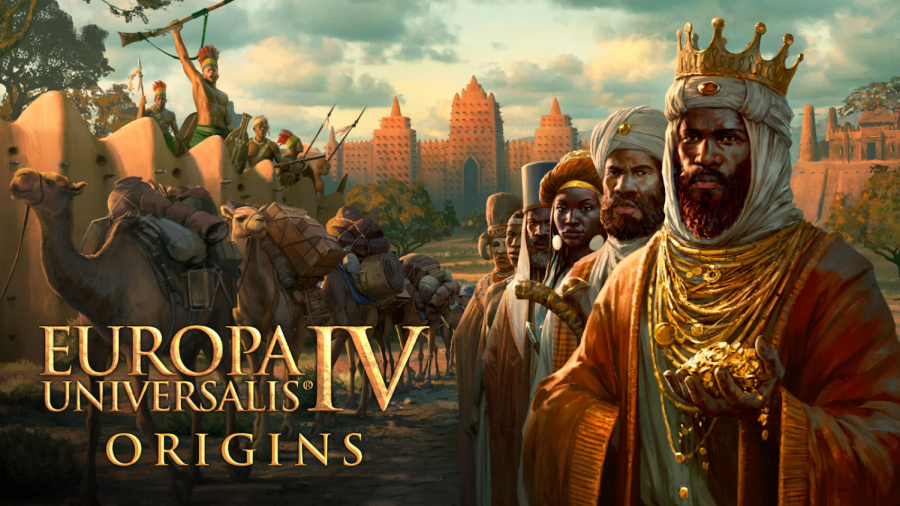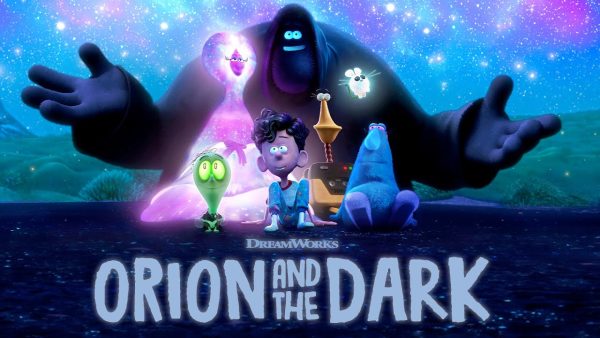A Look Back at Europa Universalis IV
In the wake of a recent expansion (Origins) that markedly improved the African continent, it is time to take a look back at one of the most immersive grand strategy games ever created: Europa Universalis IV.
Europa Universalis IV (EU4) is a game of immense scope and depth. From 1444 to 1821, the player can rule any nation in the world and take it on whatever course they desire; conquest, colonization, and peaceful development are all on the cards. The player has control over nearly every aspect of the nation, including (but not limited to) finances, land and naval forces, diplomatic relations, colonists, internal development, and religion. Even such things as inflation and corruption must be carefully managed.
This freedom for the player to control nearly everything, as well as the great variety of nations to choose from, allows for many different styles of gameplay. Want to play a trade-based game and rake in copious amounts of money? Play as the Netherlands and take over the East Indies. Enjoy rapid conquest and the brutal subjugation of the enemy? Pick Oirat and form the Mongol Empire. Fancy peace at home, and rapid expansion abroad? Colonize the New World as Portugal. The list goes on.
In addition to being fun, EU4 also presents a fantastic learning opportunity. The game features a myriad of historical events for each major nation, as well as accurate province names and history-based mechanics (such as the Papacy, Holy Roman Empire, and Mandate of Heaven). Just playing the game piques curiosity, and a surprising amount of historical and geographical information is absorbed through osmosis. Where is Ulm? What is the religion of Persia? After playing some EU4, the answers will come naturally.
Unlike most other games, EU4 relies extremely heavily on DLC. The base game, when it was released in 2013, was not extraordinary; however, in the years since, a slew of expansions have added so many new features that the 2013 version feels like a completely different (and worse) game. The most recent expansion was the 1.33 Origins expansion, released late last year, which added flavor to many African countries and introduced the Axum and the Zulu as new playable nations. The update has made playing in Africa much more enjoyable, with nations like Ethiopia, Somalia, and the Zulu all offering vastly different gameplay paths.
As of today, EU4’s gameplay aspect is about as close to perfect as a game can get. Every part of the world is playable, and the lack of a “win” condition means that the player can stop whenever they are satisfied with their campaign. That could be 1600 or it could be 1821, depending on the player.
But that doesn’t mean the game is for everybody. EU4 is incredibly time consuming to play; a single full campaign may take 10-20 hours with a good computer and 30+ hours with a bad one. If the player enjoys having such long, fleshed out campaigns, then this game is for them. But a much bigger problem than length is price.
Though the base game is only around $30, the cost of all of the expansions quickly pile up. Today, the total cost of the game and all DLC is a staggering $384. During the best Steam sales, that price can dip to $150 or lower, but it will always remain over $100. For many people, that is an unjustifiably high price.
As a whole, EU4 is one of the most unique and exciting strategy games out there. It does a fantastic job of making history accessible and fun, something that is rare in a game. Its price is its only real drawback, but for the amount of time and effort put into the game from the developers, it makes sense.
Our rating: 9/10.













